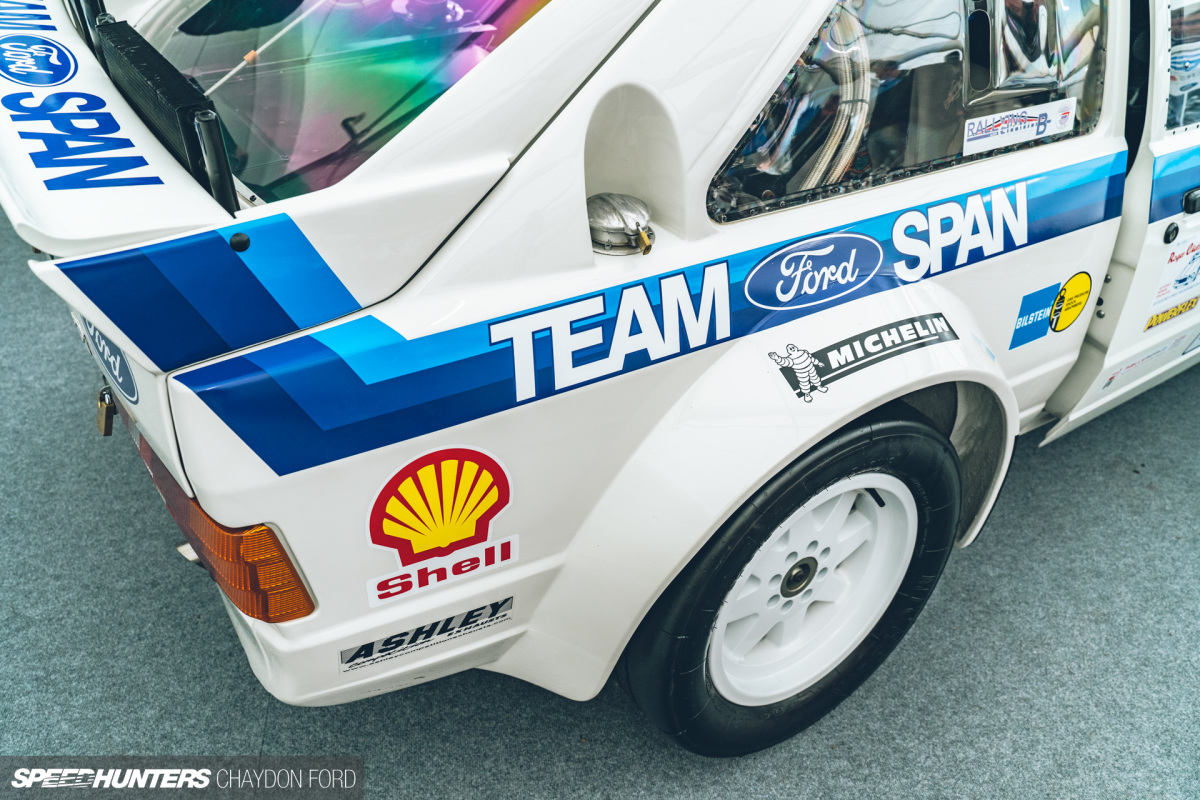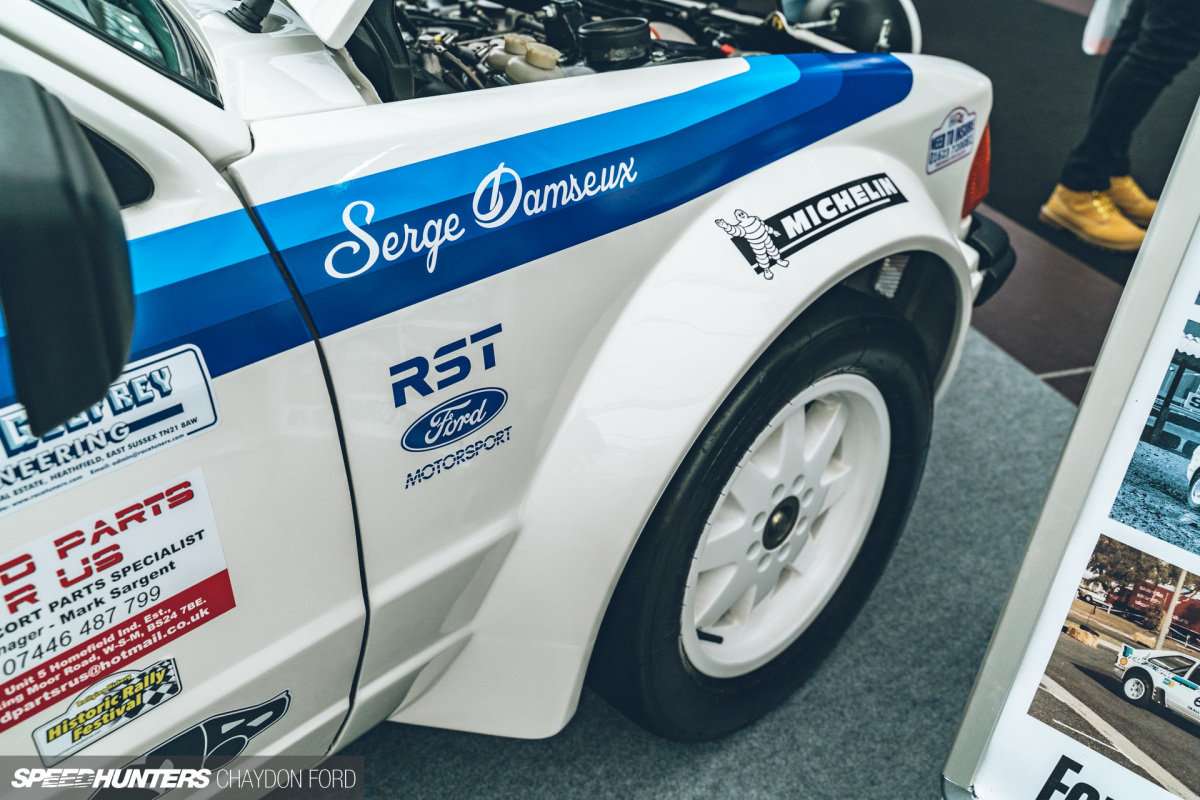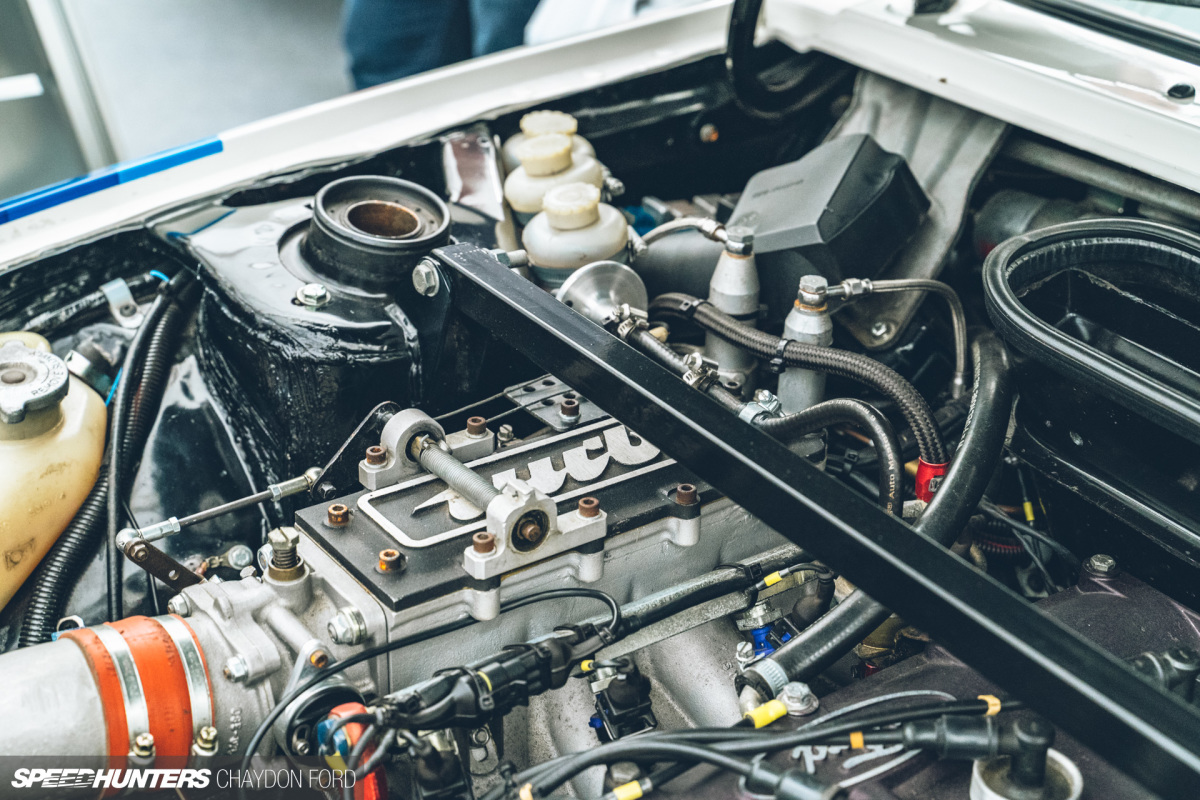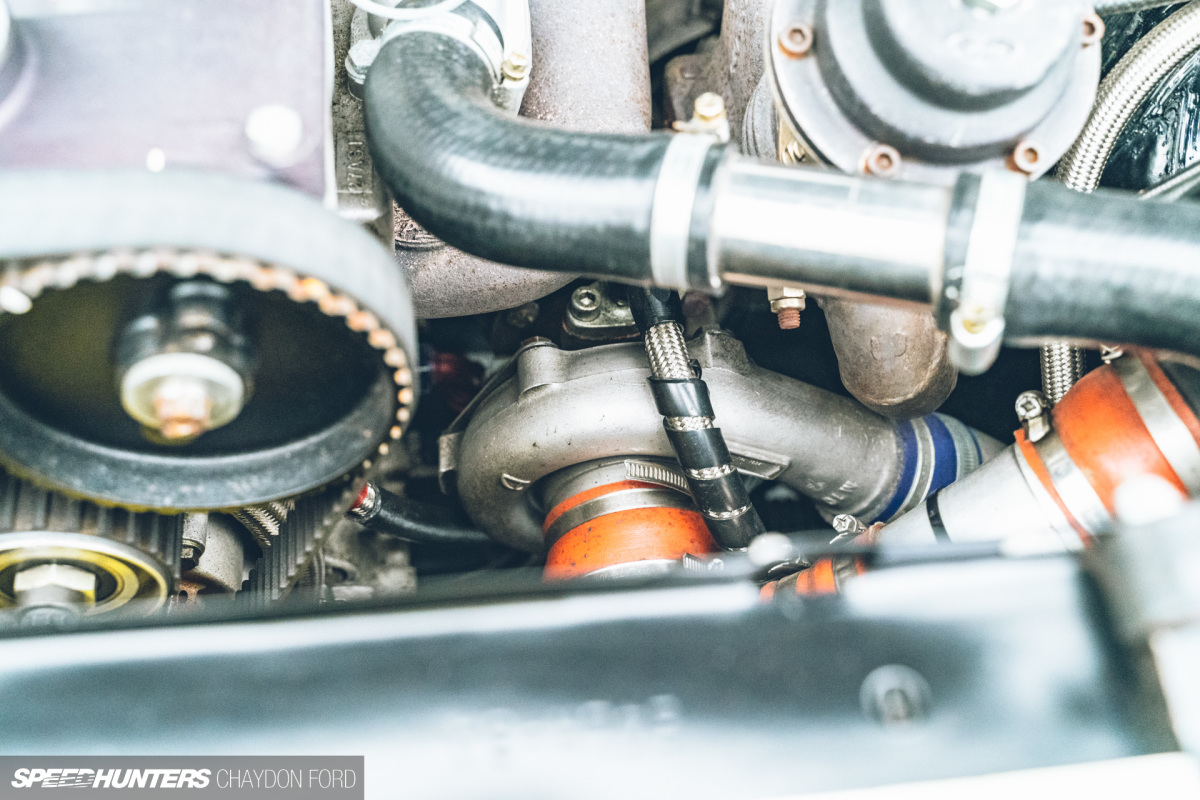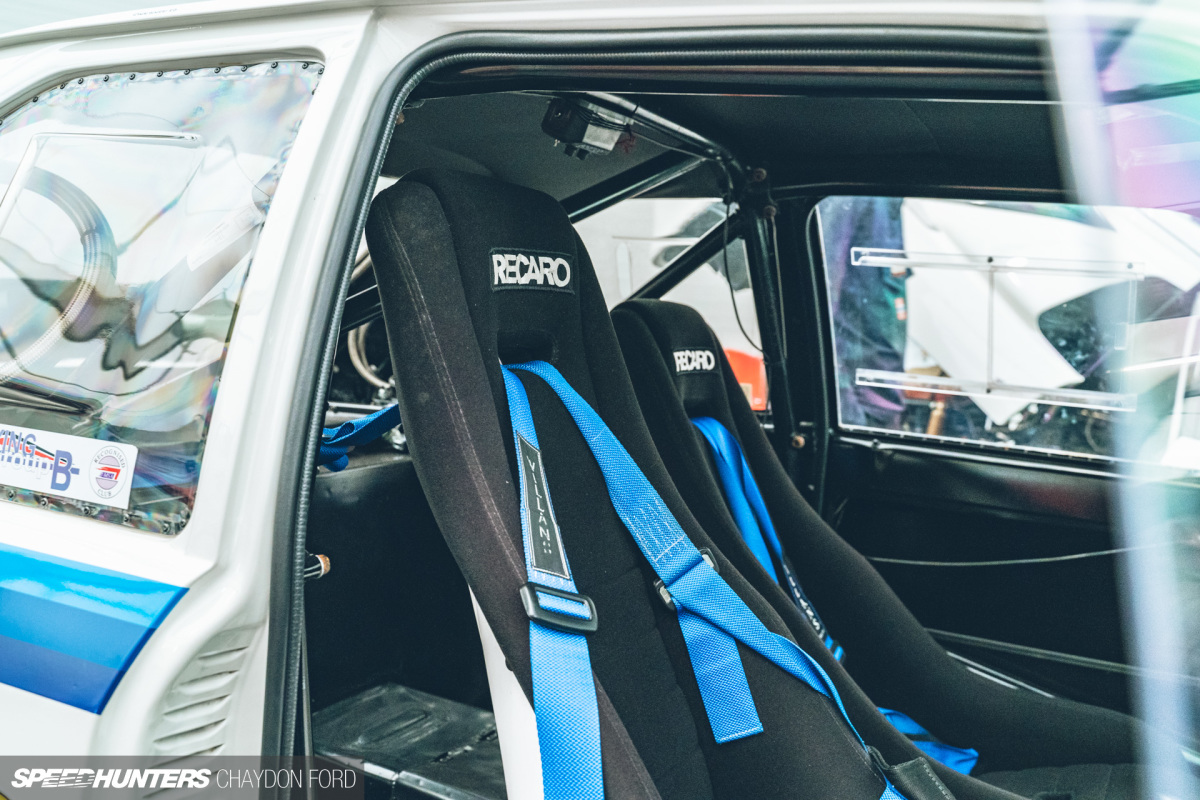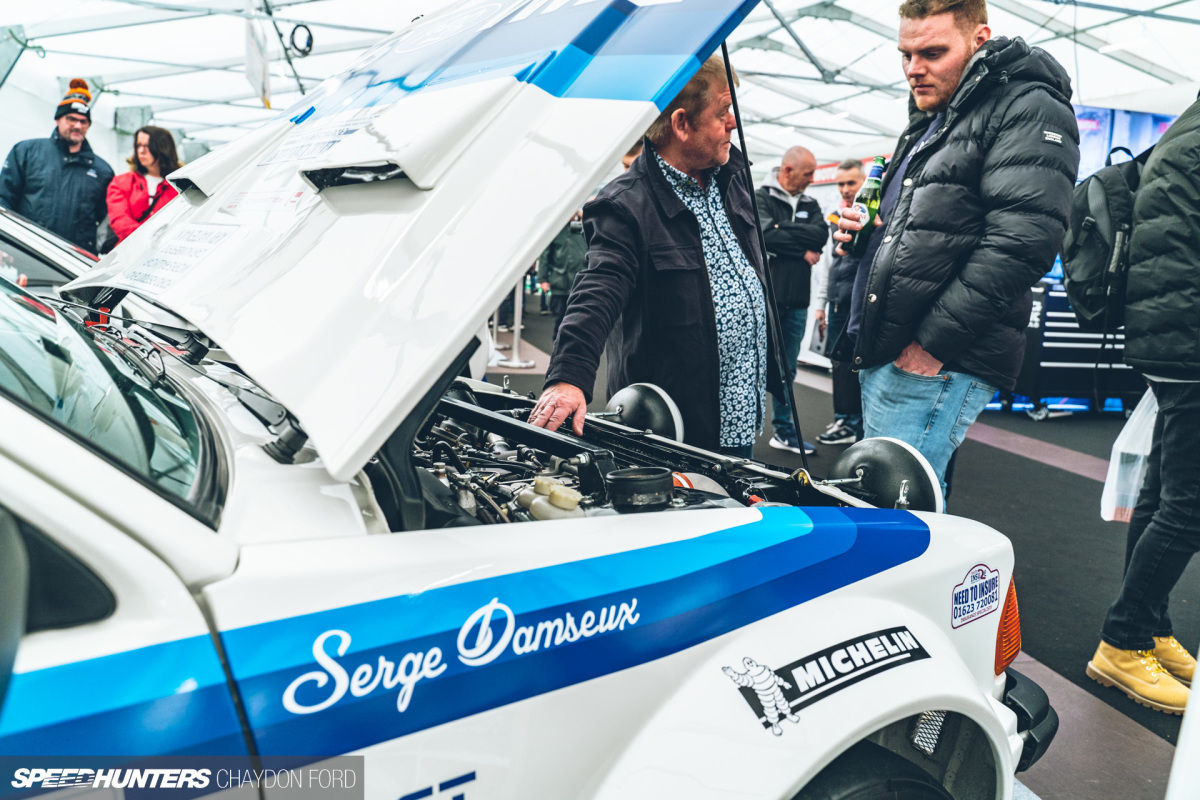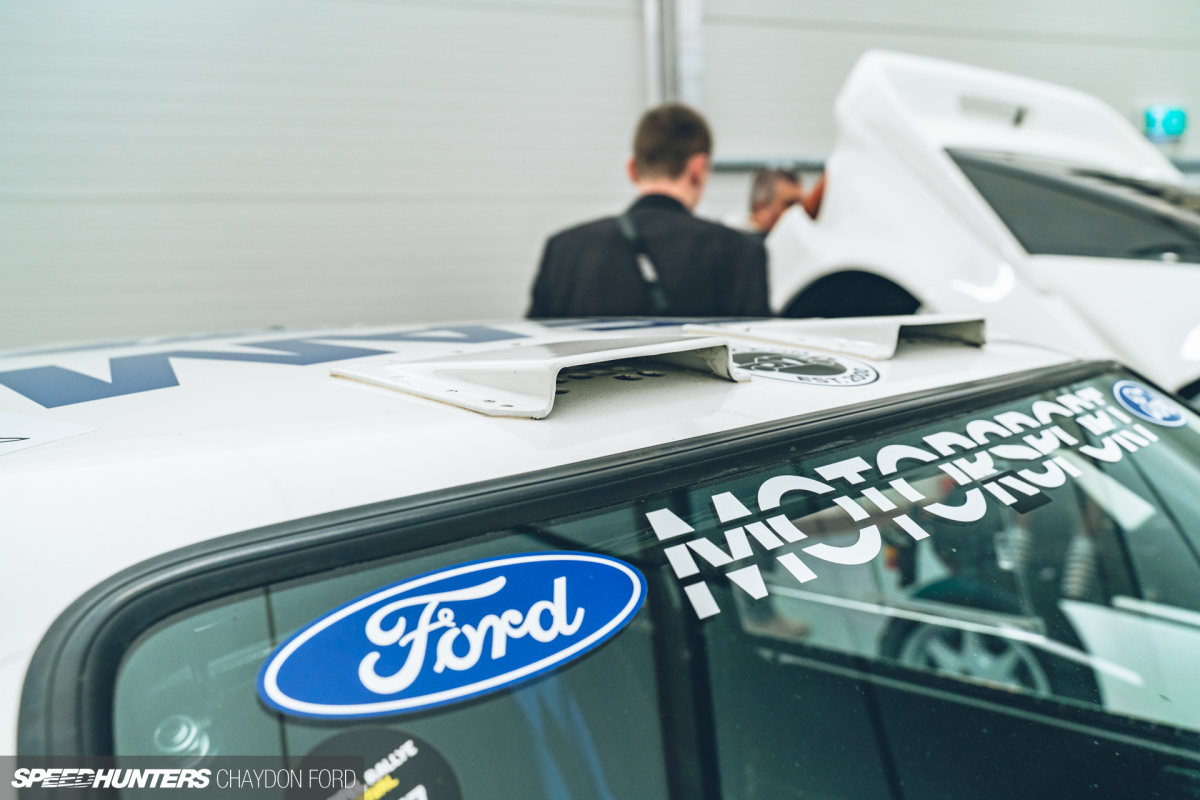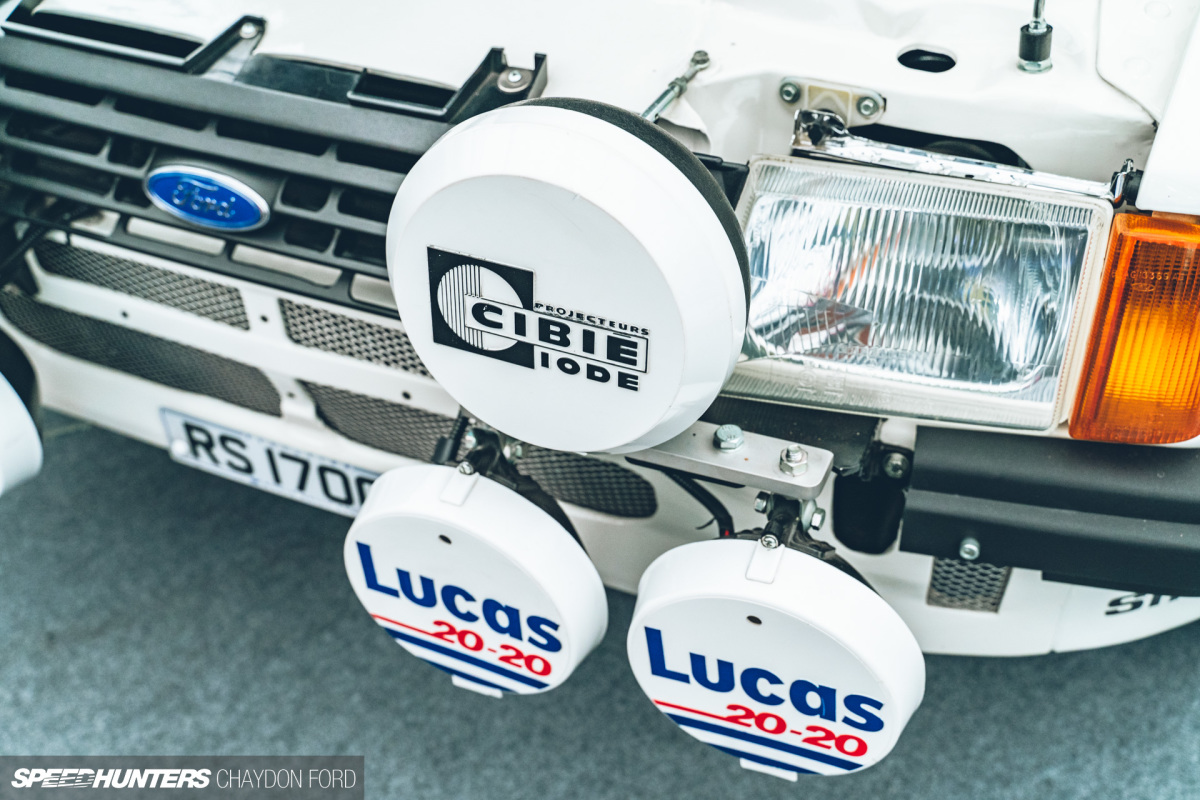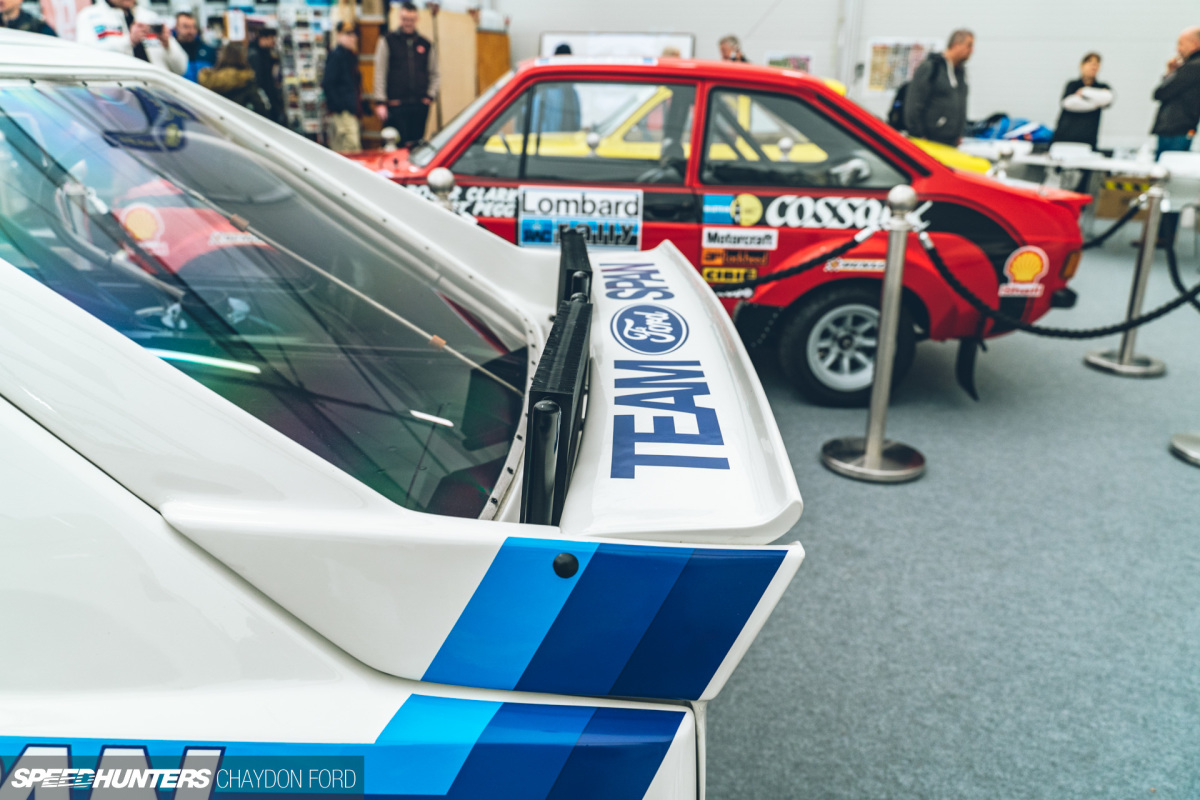When Ford took a hiatus on the finish of the 1979 World Rally Championship season to deal with the incoming Group B period, the automobile on the drafting board wasn’t the RS200.
The Group B rulebook for 1982 had only a few specificities and largely centered on safety-critical elements and minimal weight. This resulted in quite a lot of engine sorts, engine placements and drivetrain configurations, as designers had free rein to create essentially the most excessive vehicles ever seen on a rally particular stage.
So if not the RS200, simply what was Ford engaged on? The RS1700T – their short-lived first try at a Group B candidate.

Having first seen this automobile at Rallyday a couple of years in the past, I wasn’t going to let a second alternative to take a more in-depth look go to waste whereas at Race Retro 2023.
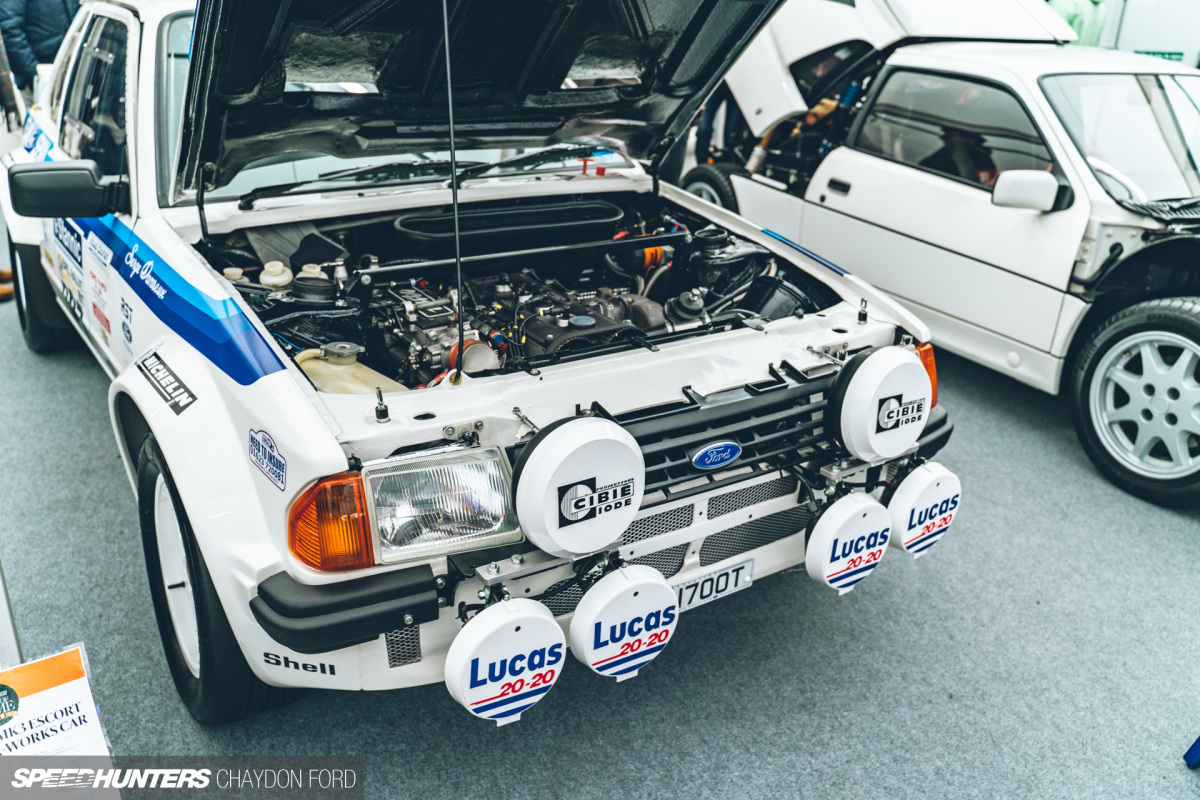
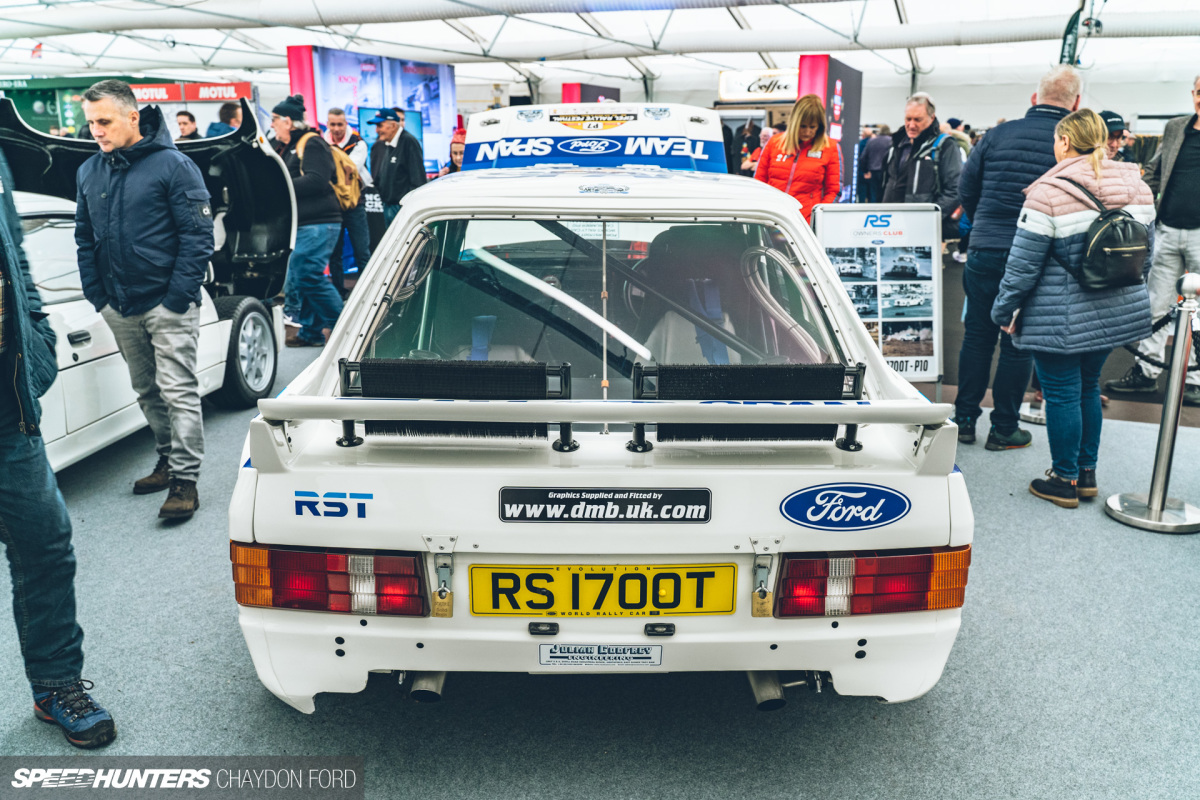
At preliminary look, the RS1700T resembles the extra sedate road-going Mk3 Escort. However look once more and also you’ll begin to discover the broader arches, cutouts within the entrance bumper, and gearbox and differential coolers mounted above the boot lid.
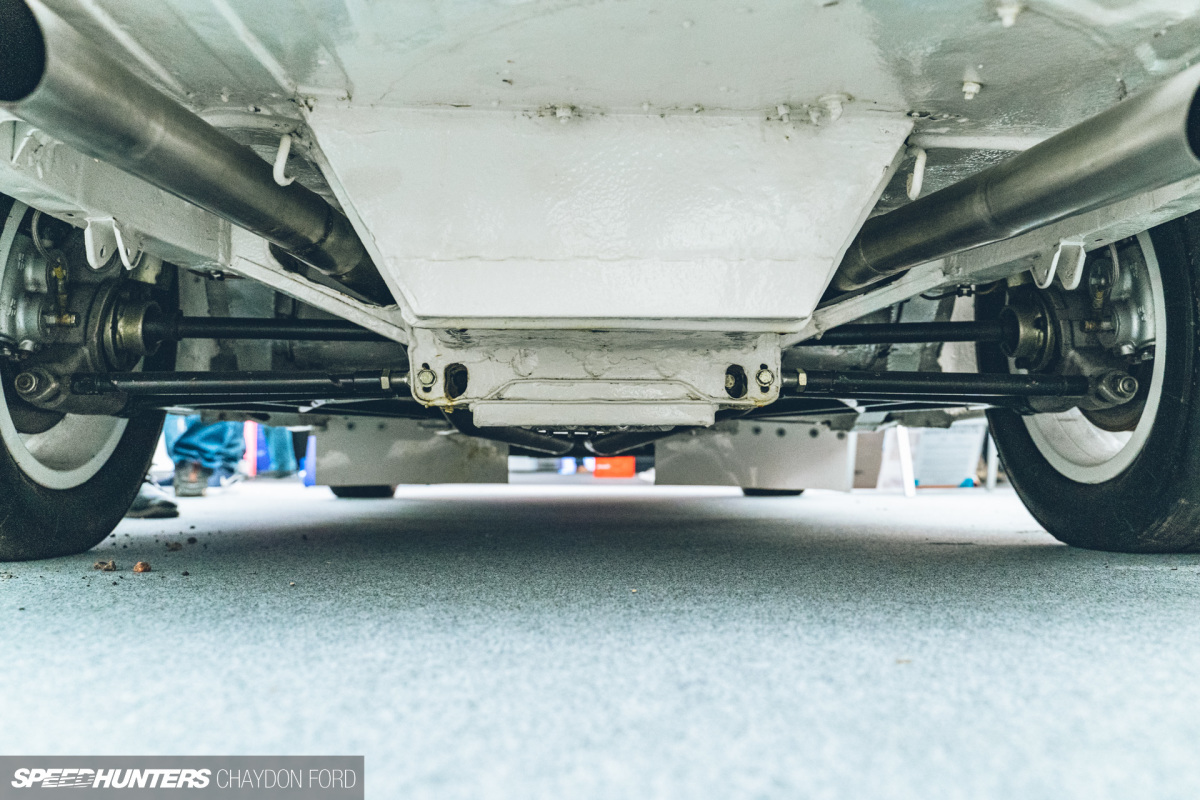
Price range constraints meant the event prices had been saved to a minimal, with the bulk of funds dedicated to the bespoke underpinnings. This allowed the usually horizontally-opposed engine and front-wheel drive hatchback to have its engine rotated 90-degrees and powering the rear wheels.
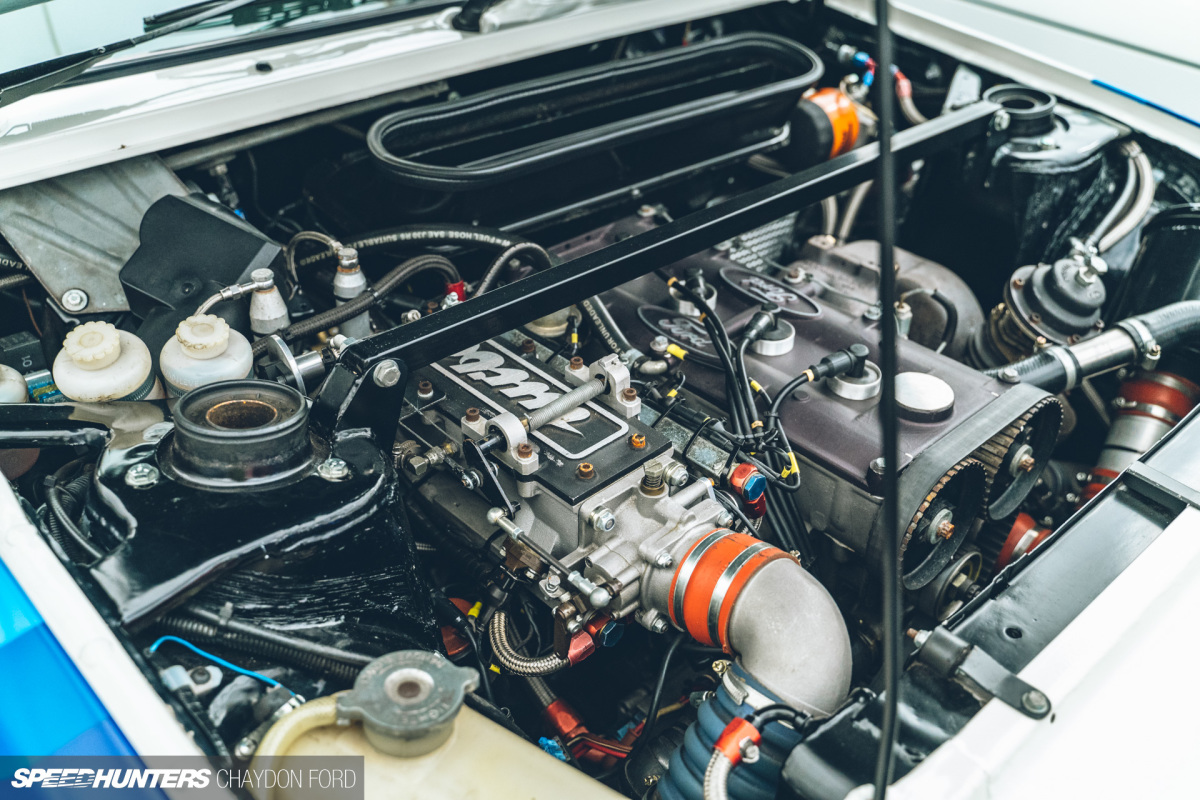
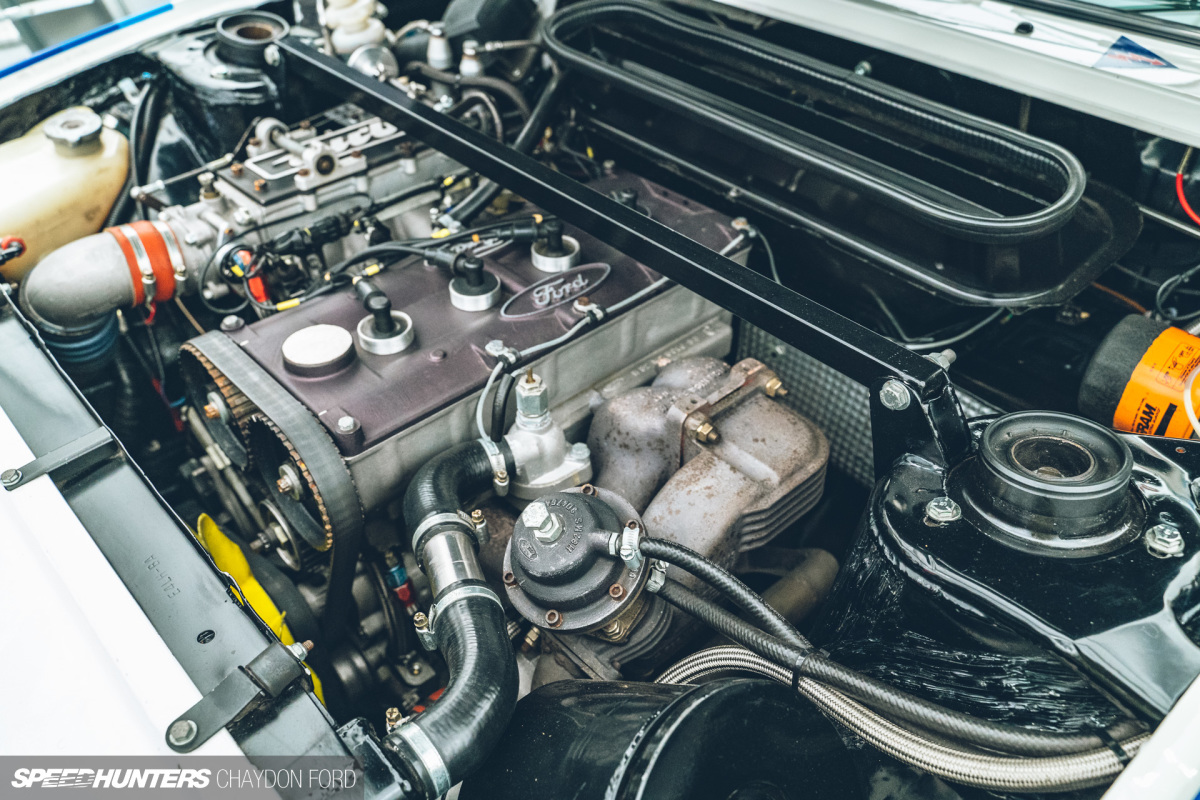
Throughout the event, two engine choices had been thought-about: Turbocharging the 1,778cc Ford BDA (to change into the BDT), or utilizing a naturally aspirated 2,300cc System 2 mill from Hart Racing Engines, with the previous being most popular by the drivers. The BDT engine made 350 horsepower, which when coupled with a 970kg (2,138lb) weight resulted in ample efficiency.

The RS1700T’s inside was rudimentary at greatest. Important gauges had been positioned in view of the motive force and all different switchgear was merely tacked onto the sprint wherever area allowed.
All of it seemed promising, however by the point the RS1700T was able to assault the rally phases, the Audi Quattro had effectively and actually present simply how dominant four-wheel drive could possibly be. Due to this, the RS1700T’s improvement was halted and Ford went again to the drafting board.
As lots of the arduous work had been achieved when it comes to engine and chassis improvement, the RS200 that adopted went from inception to completion in a really quick area of time. Not quick sufficient although, with the top of the Group B period coming earlier than the Ford might show its price.

Nearly all of RS1700Ts had been destroyed, however after the automobile’s venture supervisor emigrated to South Africa a couple of of the remaining examples ended up competing there, the place homologation guidelines didn’t apply.
Sadly, teething issues meant extra retirements than podiums and in the end the RS1700T solely ever claimed one victory: the Nissan Worldwide Rally in 1985.
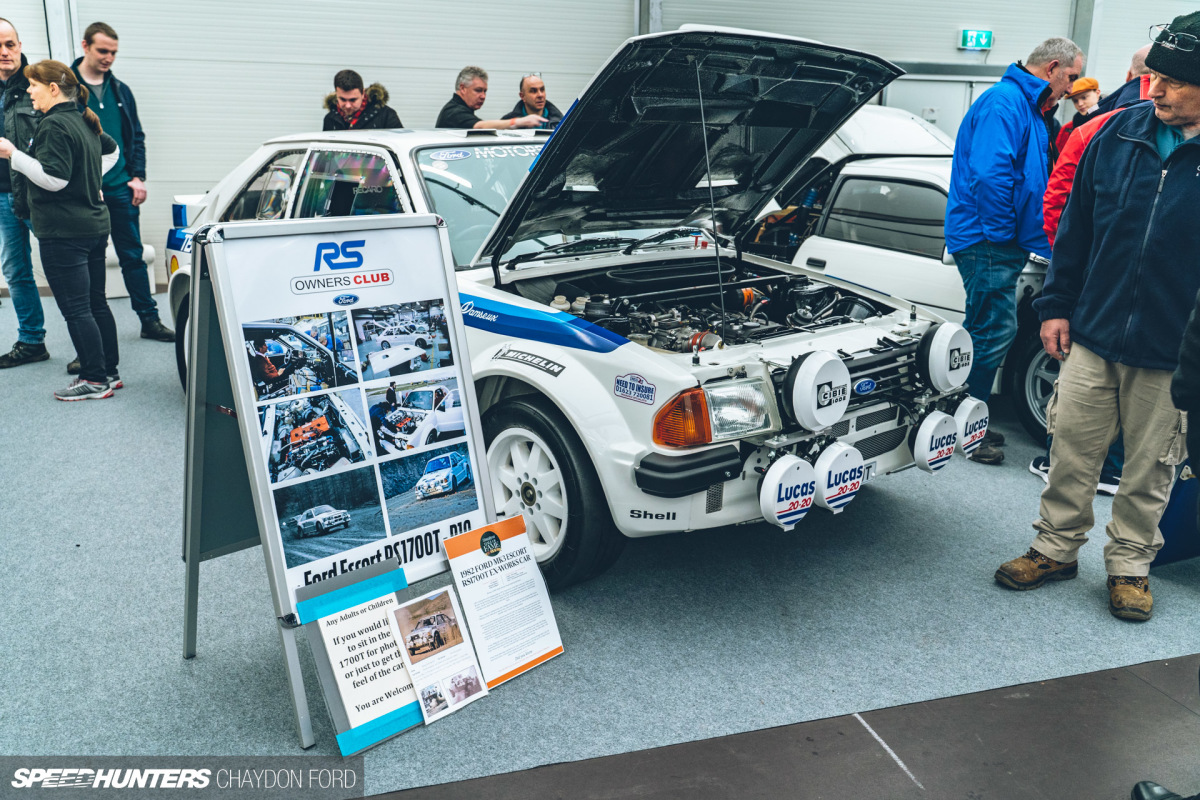
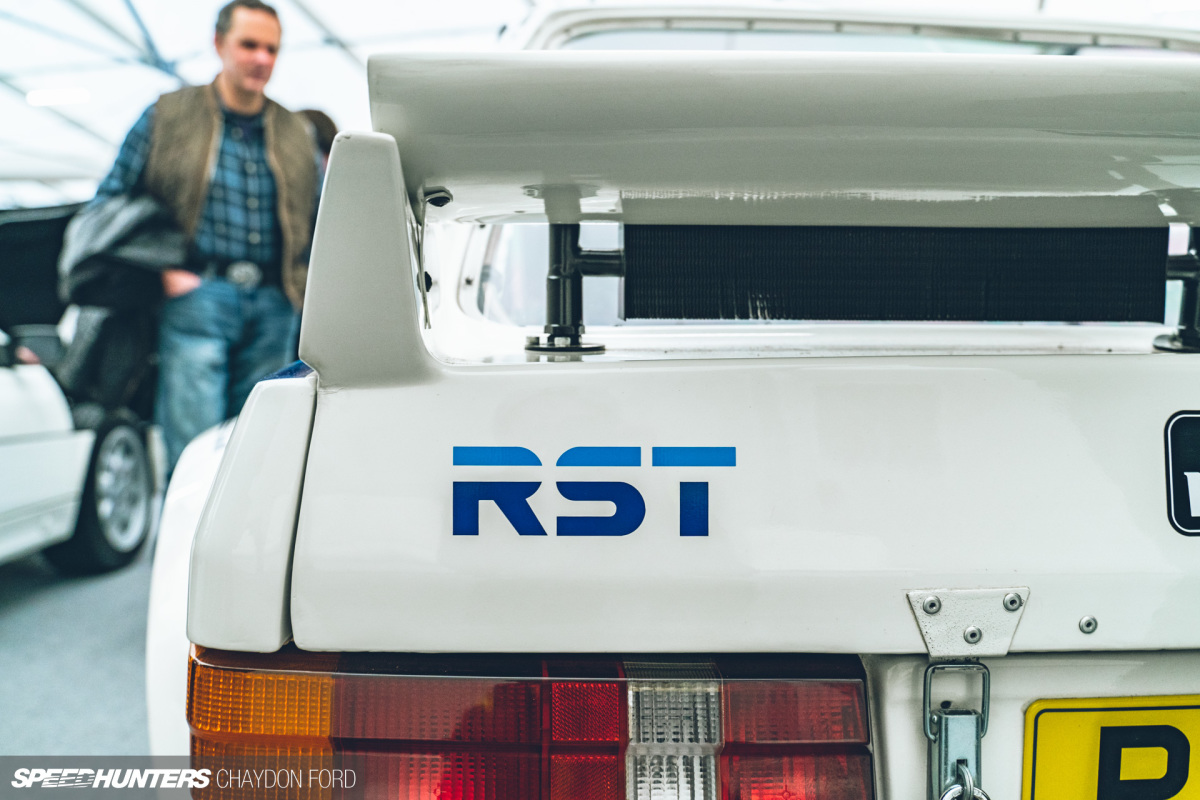
The RS1700T was pivotal in Ford’s motorsport historical past and laid the trail for future rallying efforts, however seldom did this instance have a crowd round it at Race Retro. It confirmed simply how unknown it’s.

Whereas the RS1700T not have been victorious on the rally stage, success can seemingly be measured by the accolades and achievements of subsequent Ford rally vehicles.
Chaydon Ford
Instagram: chaycore
